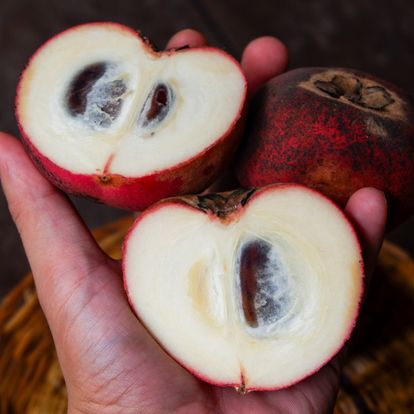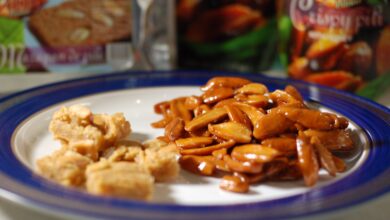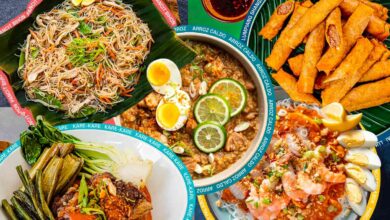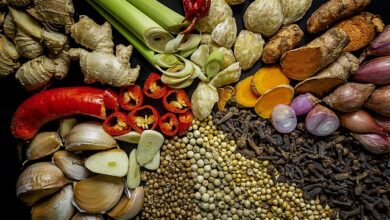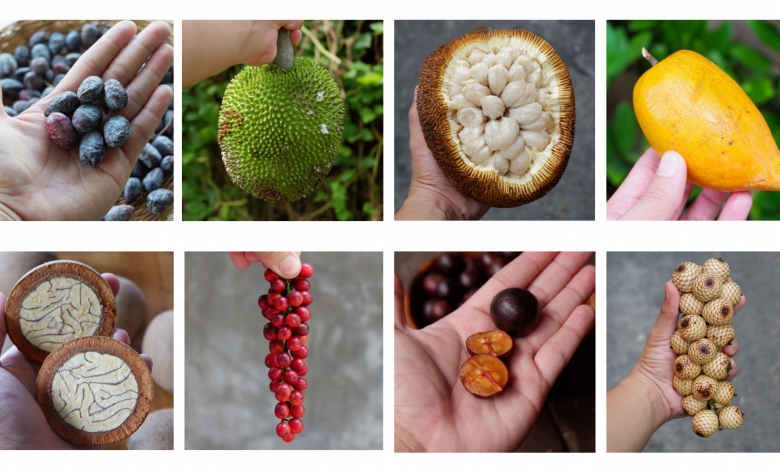
LOOK: 10 amazing rare Philippine fruits you should know!
The Philippines is one of the most megadiverse countries in the world. For a country to be considered “megadiverse” it has to be super rich in biodiversity of flora and fauna. Unbeknownst to many, the Philippines hosts hundreds of unique plant species that provide edible fruits. Get to know some of these amazing rare Philippine fruits than can be found across our islands!
Best used in your favorite Filipino dish
Yantok [yan-tok]
Yantok can rival the sourness of tamarind and kamias. It’s certainly an acquired taste to many, but if you are craving for something sour, then yantok is worth the try. You can enjoy it with rock salt, pickled, or as a souring agent to sinigang.
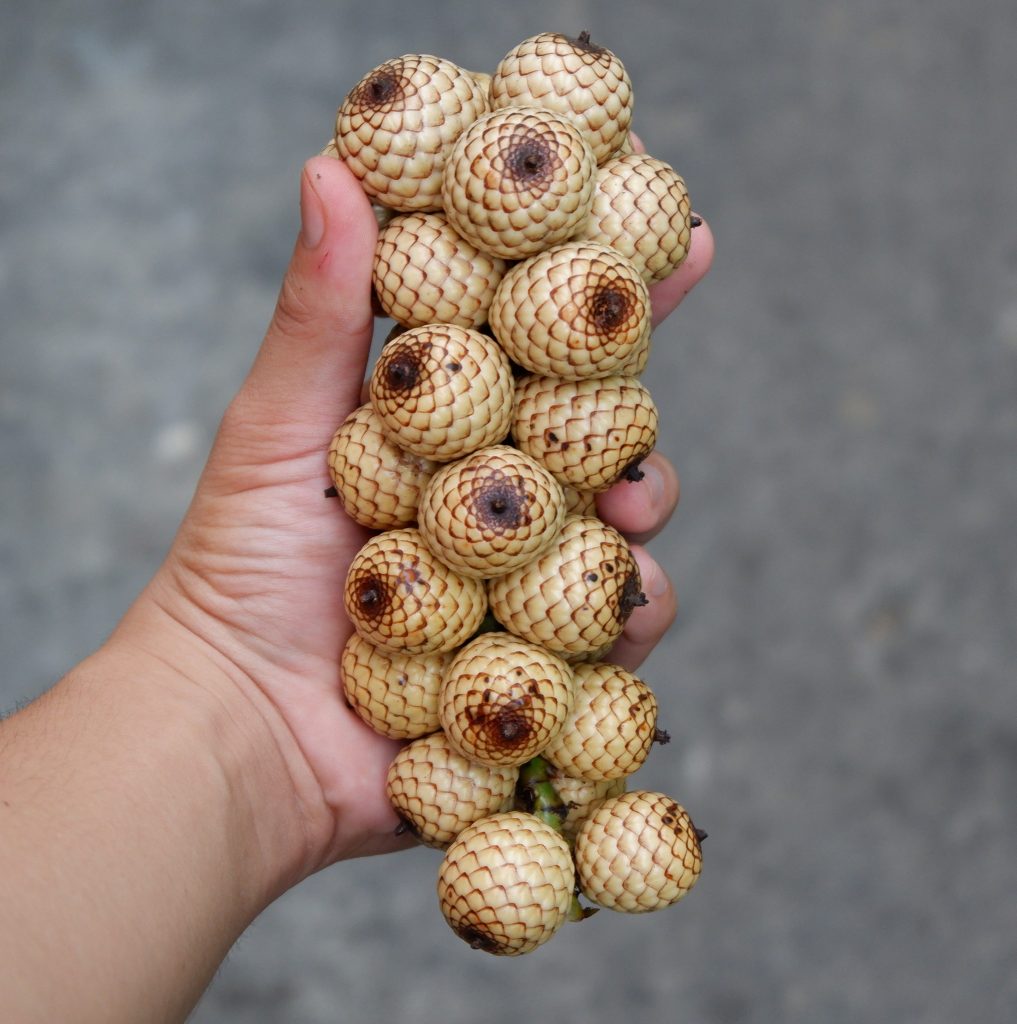
RELATED: What is the Defining Taste of Filipino Food: Sweet or Sour?
Tabon-tabon [ta-bon tá-bon]
Tabon-tabon is traditionally used for the preparation of kinilaw in Northern Mindanao. The pulp of tabon-tabon has a taste that neutralizes the acidity of vinegar and removes the “lansa” of fish.
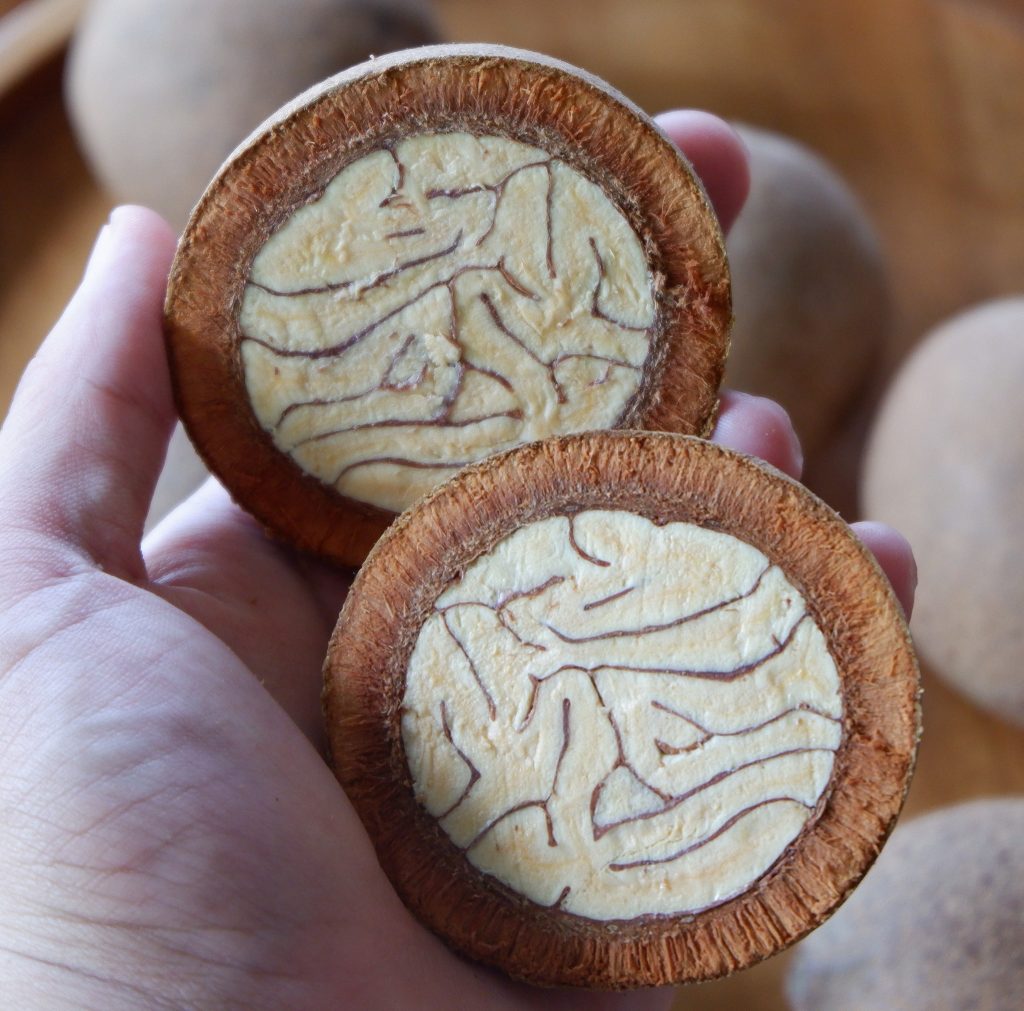
Kamansi [ka-man-si]
Relative of marang and jackfruit and the wild ancestor of the domesticated breadfruit (Rimas). Unlike its relatives which are known for their sweetness, Kamansi is bland and starchy, making it suitable for vegetable dishes. In some parts of the Philippines, Kamansi is used in ginataan.
READ: The Best-Kept Secrets of Pinoy Cuisine
Great for pastries, desserts, and beverages
Kalumpit [ka-lum-pit]
Kalumpit is an indigenous fruit that has a plum-like flavor. The fruiting season of Kalumpit is from May to June. You can use it to make a wine, jam, or juice.
Bignay [big-nay]
Also known as bugnay. Immature fruits are white, while ripe fruits are darker in color (dark purple or almost black). It usually has a mild-sweet and sour taste but tasty nonetheless. Bignay berries can be used in wine-making, as jam, or as a souring agent.
Tiesa [tye-sa]
Believed to have originated from tropical Americas, Teisa was introduced to the country during the Spanish era. It has an oblong shape with nippled tip. This fruit has a texture similar to the yolk of a hard-boiled egg and taste similar to sweet potato.
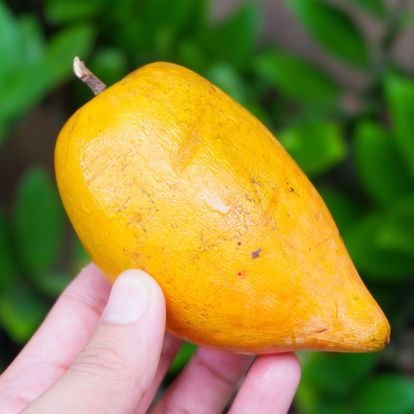
Tiesa can be incorporated to favorite desserts such as sherbet, ice cream, milkshake, pancake, cupcake, and jam.
Formerly foreign, now one of our beloved Philippine fruits!
Buli [bu-li]
Buli, also known as Silag or Bujawi, is a fruit that looks like a tiny coconut. Kernels of young buli fruits are edible and are made into sweets similar to kaong.

Good as it is!
Marang [má-rang]
Marang, one of our Philippine fruits native to Palawan and Mindanao, has an odor that will funk up a room the same way that durian does. The edible pulp of Marang is fragrant, juicy, soft, and sweet. Always consumed fresh, but can also be incorporated in desserts just like durian.
READ: Reviving the Philippines’ Food Basket: Mindanao
Seryales [ser-ya-les]
Seryales is native cherry that is plum in color when ripe. Its edible pulp is like a mixture of grape and aratilis. Locals suggest that you need to roll seryales between your palms first before consuming it to enhance its flavor.
Mabolo [ma-bó-lo]
Mabolo, also known as Velvet Apple, grows from the Kamagong tree which is native to the Philippines. It has skin covered in a fine, velvety fur which is usually reddish-brown. Its soft and creamy white flesh has delicate taste and aroma comparable to a peach. However, fruits vary greatly – in shape, color, hairiness, and taste. Some people also describe the taste of mabolo as an overripe apple, strawberry-mango yogurt, or even cheese.
